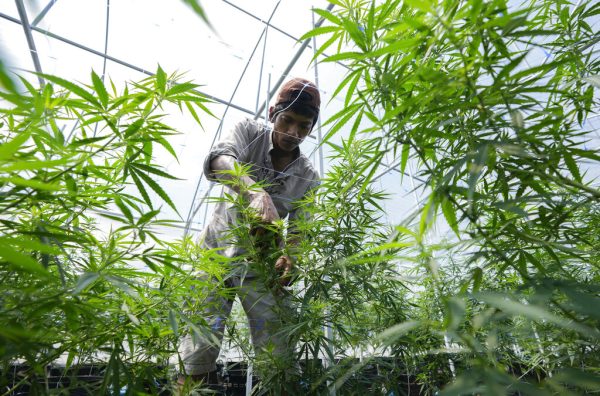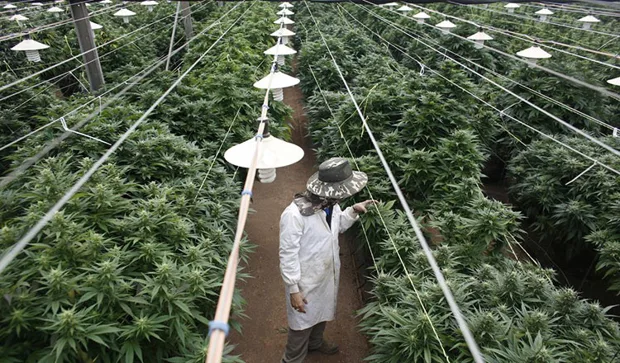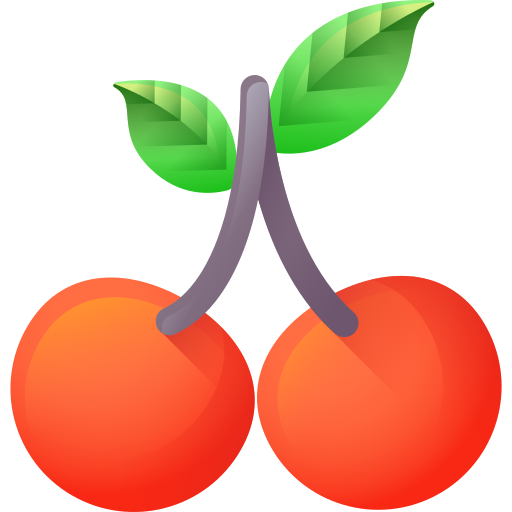Growing cannabis on an industrial scale
An unexpected topic was raised in his blog by a farmer from Yelabuga, Yuri Gostev, about whom BUSINESS Online recently talked about. According to him, the well-known hemp plant, which was banned for a long time, in pre-revolutionary Russia was practically the same as oil is now. A hundred years ago, income from the export of hemp hemp was second in the treasury of the Russian Empire. The number of items made from hemp reaches 6 thousand! These are paper, jeans, fibreboard, wood alcohol, methane, ethanol, gasoline… Even the dollar valued by our oligarchs and the middle class is made from hemp. From it you can cook delicious porridge and make excellent environmentally friendly oil. The farmer calls for the more active use of hemp in agriculture, since the non-hash varieties of this plant approved by the State Drug Control Service have already appeared.

Recently, on the M7 highway, in the Yelabuga region, many new timber trucks with the inscription “Forest Transport Company” have appeared. Where is the wood transported in such quantities? I found the answer on the website of the Ministry of Forestry of the Republic of Tatarstan. The consumer turned out to be a Turkish plant for the production of chipboard, fiberboard, OSB and other building materials with a need of 400 cubic meters of wood per day. It is possible to get 20 cubic meters of wood from one hectare of forest, respectively, 6 thousand hectares of forest are cut down per year.
The figures are especially impressive when you consider that under the program for the development of forestry in the Republic of Tajikistan until 2020, it is planned to create protective forest plantations on an area of 18,648 hectares. It turns out that the Turks alone consume wood twice as fast as our entire Ministry of Forestry is able to recreate. A “cheerful” picture is emerging: there are already plenty of their own lumberjacks, and the forest in Tatarstan should be left for posterity, and all these pressed slabs seem to be in demand by the people. What to do? Maybe there are other, alternative technologies? It turns out there are! As they say, everything new is a well-forgotten old.
Many were in Moscow, at VDNKh, took pictures at the famous Friendship of Peoples fountain. Recall what this composition looks like: a round pool, along the outer perimeter there are girls representing agriculture from each union republic. In the center rises a large bowl, girded with three main crops. The bottom row is sunflower, the middle row is wheat, the top row is hemp!
How so? Why did Comrade Stalin assign such a significant place to “hash weed” in such a sacred monument? Very simple. Because hemp has always been the number one agricultural crop in Rus’!
POSKONI IS A FABRIC FROM HEMP
From time immemorial, peasants in Rus’ grew hemp. And they did not pay such close attention to any plant. Yes, this is understandable: the peasant could not do without hemp. Deep old people still remember that the old linen for clothes and bedding, household ropes and harness for horses, fishing nets, sails and sea ropes – everything was made from hemp. Simple food was seasoned, as a rule, with hemp oil.
It was impossible to live in the countryside without cannabis. It was sown on hundreds of thousands of acres, Russian hemp was famous throughout Europe.
In Russia, hemp used to be practically the same as oil is now… Entrepreneurial Peter I took up the hemp business seriously. He introduced a state monopoly on the export of hemp and personally checked the quality. After all, it was delivered abroad – to England, Holland and other maritime powers. The rigging of their fleet was 90% Russian hemp fiber. Even during Peter’s lifetime, Russia became the world’s leading exporter of hemp, and in the middle of the 18th century, exports amounted to 37 thousand tons per year! A hundred years ago, income from the export of hemp occupied the second place in the treasury of the Russian Empire.
The USSR became a worthy successor to Rus’ – we were again ahead of the rest. In 1936, hemp crops in our country occupied 680 thousand hectares – 4/5 of the entire world area under hemp!
It must be said that smoking “grass”, despite its widespread growth, was by no means a Russian tradition (unlike, for example, in Central Asia, where it is part of the culture). Some 40 years ago, or even less, hemp fields were endless, and the phrase “hemp harvester” did not cause a stupid giggle.
Why is hemp now outcast and banned? For this I must say “thank you” to Nikita Sergeevich Khrushchev.
CONSPIRACY AGAINST CANNABIS
American media tycoon William Hearst purchased paper for his newspapers from DuPont, the owner of DuPont Chemicals Corporation, which produced pulp from wood. Hemp paper was superior in every way to Dupont’s, and its production was a serious competitor. So Hurst launched a black PR campaign: formally against marijuana, but in fact against hemp competitors. Her main thesis was that the use of cannabis is the main drug problem, that marijuana caused extreme manifestations of violence in people (they also pressed blacks here!). Businessmen managed to pass the law “On the marijuana tax” in the US Congress.

This law banned even the medical use of marijuana, and forced the cannabis industry to pay such exorbitant taxes that they closed their now unprofitable enterprises.
The case was not limited to paper from trees. During the same period, DuPont patented the manufacture of plastic from oil and coal, and since then plastics, cellophane, celluloid, methanol and nylon have been produced from petroleum products. Needless to say, hemp simply needed to be destroyed as a class, which, in general, succeeded.
Later, on March 30, 1961, in New York, most of the UN member states signed the “Single Convention on Narcotic Substances”, which, in particular, prescribed the strictest control over the cultivation of dangerous drug-containing plants: opium poppy, coca and cannabis. By the way, interestingly, cannabis, being a universal remedy, was included in the list of “drugs with no medical use”, in contrast to opiates, which are still widely used in medicine.
Following the stereotypes about “Western values”, in 1961 the USSR also signed the UN convention. And since the 1960s, the area under cannabis cultivation has been greatly reduced. The final blow to hemp growing, and at the same time to viticulture, was dealt by the “perestroika” campaign of the “fight against alcoholism and drug addiction” during the time of Mikhail Sergeyevich. As a result of this “struggle” we got rampant drunkenness, drug addiction and the loss of a huge branch of the national economy. Humanity has been steered away from sustainable production of textiles, paper, building materials, medicines, food, affordable fuel, and self-sufficient agriculture.
As for the narcotic properties of hemp, only its Indian subspecies, indica cannabis, possesses them to the fullest extent. By the way, the Soviet Union did not spare money for the selection of hempless hemp and achieved great success in this. It just doesn’t make sense to talk about it out loud.
So all the talk that cannabis is supposedly a harmful drug is the fiction of evil capitalists. Hemp was banned because it posed a serious threat to the woodworking industry and the newly discovered synthetic fibers, which were more profitable than hemp to produce and sell. And later there was no way to legalize it – monopoly oil “technologies” took over the world …
